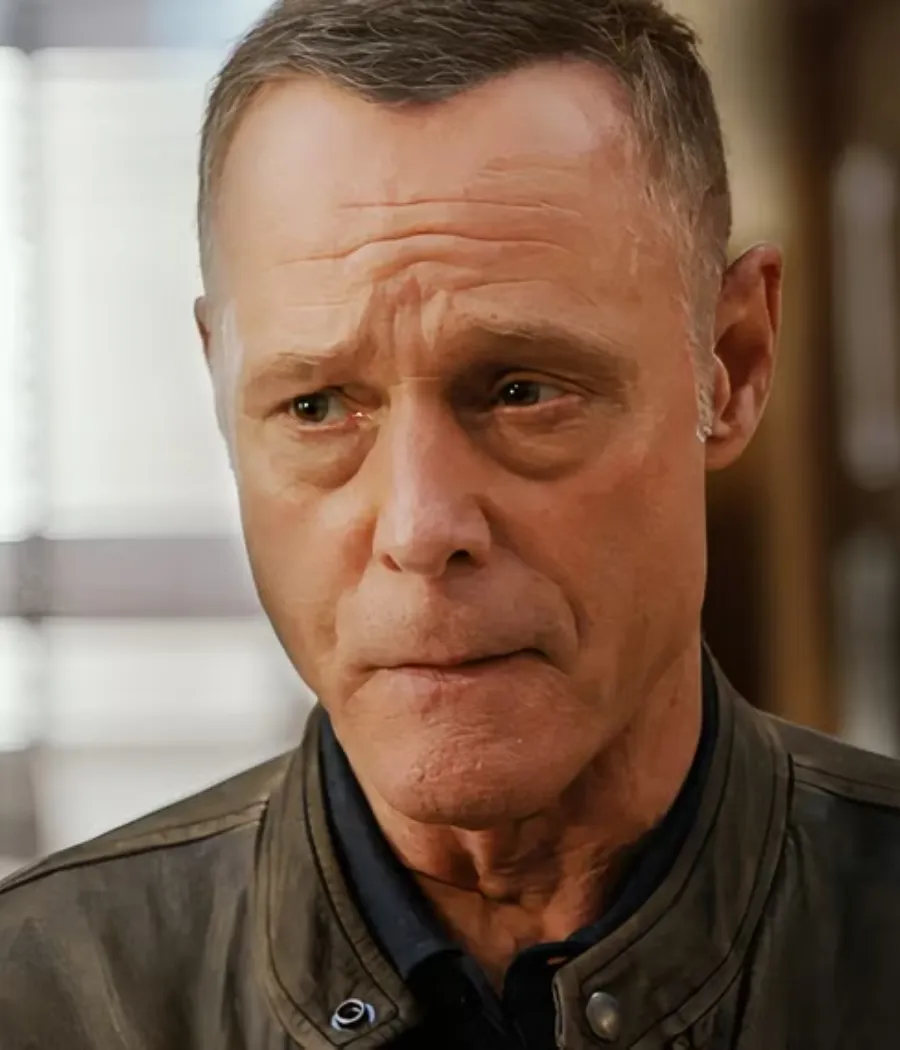The Last of Us season 2 episode 2 in particular–the episode that forced audiences to say goodbye to Pedro Pascal's Joel–was a massive undertaking, and the filmmakers turned to New Zealand-based special effects shop Wētā to bring its biggest moments to life. On top of Joel's death, the episode featured Abby's desperate race across a frozen landscape with a horde of infected on her heels, recreating one of the most thrilling moments from the source material. Wētā put in immense work on that sequence, including its new-for-TV conclusion, in which a Bloater crashes through the gates of Jackson.
ScreenRant spoke with Visual Effects Supervisor Nick Epstein and Animation Supervisor Dennis Yoo about their work on The Last of Us season 2. Because visual effects duties were spread across multiple shops throughout the season, the conversation centered primarily on the second episode and Abby's run through the tundra as well as the infected horde’s assault on Jackson. Read on for a deep dive into how those sequences were made, the incredible attention to detail the special effects artists had, and what these artists hope to work on in The Last of Us season 3.
Why The Last Of Us Season 2 Was Harder Than The First
“There Was Nowhere To Hide”

“A lot of the really great hero work we did for season one took place at night,” Epstein continued, “Whereas this is broad daylight, diffuse lighting, [and] nowhere to hide. You saw what they were shooting, and you’re like, ‘Right. Our stuff needs to either stand up next to or replace that.’ So, the technical bar was a little higher than season 1.”
“In my mind, it was the number of crowds, and how much we could see that horde,” animation supervisor Dennis Yoo added, “I think that was the main difference.”
“[In] season one we had tons of infected, but we got away with murder having that lighting.”
“It was fire lighting,” Yoo continued, “And they’re just running through it, and flashing. Even their textures were tweaked for that particular lighting style … So when we brought them over to season 2, they actually didn’t stand up in that lighting … I think the main thing was, there was nowhere to hide in lighting.”
The Bloater Was Majorly Updated For Season 2
Now Anatomically Correct!
Both of Wētā’s big, infected-driven sequences have had a bloater as the centerpiece. In approaching the rare, dangerous infected type once more, the effects artists knew certain things had to change. “[That] was evident from doing that exercise of taking out the season one bloater and placing it in the Jackson environment,” Epstein said, “It’s like, ‘All right, aside from just making it look like he’s run through a snowy tundra, he needs some changes.’” Epstein also worked with Mazin and Druckmann on the look of the bloater, which had to be distinct from its season one counterpart.
“We went through a design process,” he shared, adding, “He needed to be bigger [and] more imposing than season one. They’re already being overrun by this thousand-strong horde, and it’s like, ‘Oh, s***. What else can we throw at them?’ Tommy knows the sound. He hears [it, and goes,] ‘Oh, s***. That’s a bloater.’ And I think people who are cued into the sound of a bloater know that. Then, you look out beyond the gate and see him running through [the snow.]”
“He needed to look imposing from the get-go. He needed to be bigger than he was for season one.”
“Speaking of nowhere to hide,” Yoo added, “he couldn’t be a Ken doll, right? So we actually gave him some genitalia, which we were trying to figure out how to [do.]”
“‘I’m going to animate that thing?’”
Epstein jumped in: “Is it simulated? How many joints does it need to have? I do think we spent way too much time talking about that.” For anyone wondering where Wētā’s work is visible, Epstein said, “The intro shot where he is running towards camera, there's a nub there for sure. It's cold.”
On the animation side of things, the same performer as season 1–Adam Basil–also returned to give movement to the creature. Even though Dennis Yoo and his team worked to “get him looking a lot heavier with key framing and giving that weight,” Basil’s performance held up. “Having that base was kind of interesting,” Yoo shared, “I think there was a comment from Craig, who was like, ‘Oh, yeah. That’s a bloater.’ So he knew it was the same performer.”
How The Infected Horde Was Made
“30 To 40” Practical Performers Turned Into Almost 1,000 Infected
The Last of Us season 2 episode 2 featured a massive horde of infected, but in Epstein’s words, it all began with “between 30 to 40 practical [performers]. These are stunt actors in prosthetics, which obviously grounded everything from the motion to just how the digital horde needed to be lit and composited, and so on. But our CG horde went up to almost a thousand in some of the widest shots, and that's a challenge in itself.”
“Essentially, [for] every one of [that] thousand-strong horde, you could fly a camera right up to it, and it would still hold up next to the stunt actors.”
For Yoo, one of the biggest challenges was the fact that “[humans are] so good at reading patterns … you [could] start picking out some sort of mosaic if things are similar.” Wētā worked with 30 base models for movement animation which, when you’re working with a 1,000-person horde, is not many. “I get comments from Nick all the time,” Yoo shared, “Like, ‘Oh, no, you have two of the base models side by side.’” But, in Epstein’s words, with 1,000 infected, “It’s going to happen for sure.”
Wētā got around that by setting up a system with which, Epstein shared, “any infected could wear any piece of clothing and inherit any hair,” and also be augmented with different variations of cordyceps to create instant visual distinction. Thanks to this development “animation didn’t have to dress those characters,” meaning they could place them around the snowy landscape of Jackson without spending time worrying about their look.
“We also had a textural system that we exposed for lighting,” Epstein explained, where “the lighter could actually design patterns on the clothing … Craig would say, ‘Hey, I need a checked shirt on this infected here, and we actually had that and were like, ‘Yeah, cool, no worries.’”
Dennis Yoo went deep on ensuring the different infected moved with their own gaits, which posed a larger challenge than one might expect. “You start picking out, ‘Actually, these guys are all moving the same,’” he said. “You can actually start reading it even if it’s on a different character.”
Yoo tried to fix this by capturing more motion performances, which came with its own issues: “I couldn’t actually get the same performers, because everyone runs a certain way. I got the performers knowing that I needed more variation. I got them to start running differently.”
“The problem there is they’re overacting, and then they start looking like Monty Python.”
“Since they’re not the same size, we always had to backtrack and refit that motion onto that size character. That actually was a daunting process.”



